Planning for Success in 2022
Chantelle Quow, CEO of CQ Business Consulting Inc, provides a business planning roadmap for the coming year.
As a business leader, if you’ve completed an end-of-year audit of your company’s activities and expenditures, you’ll have a clear picture of how efficiently your organization has spent its money and time over the last 12 months. This includes reviewing:
Revenue vs. expenses
Operational management
The size of your team vs. workload capacity
Your organic client growth vs. new client accounts
Your own role and workload from a satisfaction perspective, and whether you need to pivot your work in a different way
Based on your analysis of 2021, you can determine the right direction to take for continued growth in 2022.
“What will 2022 look like for my business?”
Based on my past 10 years as a business strategist, working across multiple functional areas, I’ve developed an approach for company-wide goal setting and guiding the organization toward those goals. My clients find it a useful way to optimize growth in the coming year. I refer to it as your Professional Development Plan. Here’s how it works:
Professional Development Plan (PDP)
The plan is divided into two parts:
Goal setting
Assessment and planning
Download this super useful Personal Development Plan (PDP) worksheet to help you keep track of your goals.
Goal setting
Ask yourself, “What are my Big Goals for 2022? What kind of growth do I want to see in my business? Where are the gaps? What can be done better?”
List your Big Goals either by quarter or for the entire year. They give you and your team a clear picture of where the organization is headed, as well as a sense of purpose and a reason for doing what you're doing.
Assessment and action planning
After you’ve determined your Big Goals, develop an action plan for each one. This involves six steps:
Step 1 – Decide which milestone goals need to be reached to achieve the Big Goal
Make a list of the milestone goals you need to reach to achieve each Big Goal. To help you with this, use the S.M.A.R.T. framework, a familiar structure to many, which nevertheless bears repeating:
Specific — Make your goal as specific as possible to ensure better execution planning.
Measurable — Measure your progress to see where you are in relation to your goal.
Achievable — Stay grounded. Don’t make your goal too lofty or it will lead to discouragement and potentially wasted time.
Relevant – Ensure your goal is worthwhile, initiated at the right time, and aligns with your other corporate objectives
Time-bound — Set a timeline to keep everyone on track and motivate your team to push off in achieving your goal.
After you’ve listed your milestone goals, prioritize them in order of importance… which goal needs to be tackled first, then second, then third, and so on. Quantifying them can be useful, for example:
Goal 1: Increase a particular team’s capacity by 40%
Goal 2: Bring software, insurance, and talent expenses down by 30%
Goal 3: Increase staffing in a certain area by 20%
… And continue to add more goals as required.
Step 2 – When do I want to achieve this goal?
Set dates for completing each goal. Otherwise, it’s just a wish list. It’s helpful to block time on a quarterly basis. For example, if you don’t need a capacity increase in one area until Q3, you can block calendar time in Q1 or Q2 to start putting the personnel and tools in place that prepare for that increase.
Step 3 – What obstacles might get in my way?
Pre-think what could stop you, whether it’s lack of finance, team resources, systems, or other factors.
Calendar placement lets you see at a glance where you’re lacking capacity to tackle goals assigned to certain Quarters. This gives you a heads up to consider engaging external support, whether it be Accounting, HR, Marketing, and so on.
Step 4 – How can I improve my chances of meeting my goal?
Brainstorm with members of your team about overcoming any obstacles before they even become problems. This is proactive, as opposed to reactive, thinking. What you’re doing, in fact, is reacting ahead of time. You see what’s coming, and you identify new ways to deal with potential challenges before they even emerge.
Step 5 – Where can I go for support?
Make a list of people, programs, etc. that can support you if you need it. IT systems can make it easier to acquire and analyze key information. Published information sources can provide useful insights into market conditions and trends.
Taking the time to talk to key customers, your suppliers and other business partners can uncover important insights. Encouraging your employees to share what they know can produce unexpected new ideas and leads.
Step 6 – Review: How am I doing?
Successful strategic plans have five to seven clear Key Performance Indicators (KPIs) that help you track how your organization is performing against your plan. I work with my clients to develop the KPIs needed to measure and achieve to reach their long-term objectives.
With your KPIs in place, you can tick off the tasks that you put in your calendar as you achieve them. It gives you a sense of how far you have gone, and where you may need to pivot in order to meet a certain goal.
Setting goals pays off
Setting goals and developing a plan to meet them enables you to clearly define and quantify success. It helps align everyone on the team to move forward in the right direction and keep them accountable.
It promotes a sense of greater connection to your organization, because work can be more meaningful and fulfilling when people better understand how their efforts impact the entire business. This, in turn, boosts overall employee satisfaction and retention rate.
Join me and chat more about this at the
FREE Leadership Connect Call November 26
Now is the time to plan for the coming year! I hope you can join a diverse group of mid-size business owners and myself November 26 to take part in a FREE roundtable discussion on the topic “Planning your business for 2022”.
As well, if you would like to have a private conversation about planning your business for 2022,
reach out to me for a complementary call:
Chantelle Quow
CQ Business Consulting Inc.
Turning Plans into Profit
Management Consulting Toronto, Ontario
Website: cqbcinc.com
LI Profile: linkedin.com/in/chantelle-quow
Email: info@cqbusinesscoach.com
Phone #: (647) 858-2195






